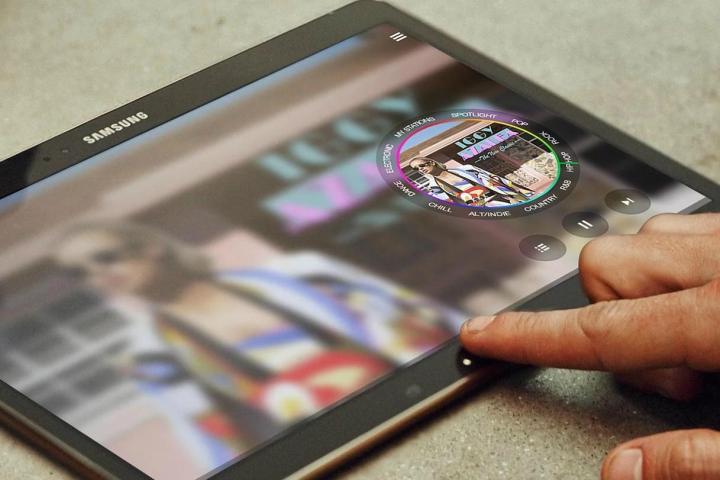
The freemium service Milk Music was originally intended to serve as a competitor to Pandora. Back in 2014, that seemed somewhat plausible, but three years later, the idea has proven to be a pipe dream. Now Samsung is cutting its losses — and the service entirely.
For those of you (probably many of you) who never used Milk Music, the service worked much like many other players in the space. Users can create radio stations, whose songs are promised to be “hand-picked by experts.” While Milk was initially offered only to Samsung mobile device users, it later became available to anyone online, as well as to Samsung smart TV owners.
“We have made the strategic decision to invest in a partner model focused on seamlessly integrating the best music services available today into our family of Galaxy devices,” Samsung said last year. “We believe that working with partners will accelerate innovation, enhance device sales, and provide amazing new experiences for our customers.”
The service was never widely available, having only ever been offered to users in South Korea, China, Australia, New Zealand, Malaysia, and the U.S. For the last year or so, it has only been operating in Asia, Australia, and New Zealand, but starting October 23, Samsung Milk Music will become entirely extinct. That said, those in supported markets will still be able to stream tunes from the native Samsung Music app.
“We decided to remove the Milk brand for users’ convenience, and to provide a unified music player through Samsung Music,” confirmed a Samsung official to Sammobile.
As per Variety, “a source close to the company [says] that Samsung executives are looking to ‘clean house’ after spending significantly on Milk Music without seeing the expected returns.” Another issue, a source reported, is that while users are more than happy to use the free version of Milk Music, “hardly anyone bothered to pay for Milk’s premium tier, much to the dismay of senior executives.”
Editors' Recommendations
- Samsung Galaxy Z Flip 6: news, rumored price, release date, and more
- How much is Apple Music, and how can you get it for free?
- Tidal vs. Spotify: Which music streaming service has the features you need?
- Sonos adds Dolby Atmos Music and hi-res audio support for Amazon Music
- Amazon Music expands spatial audio to more devices


